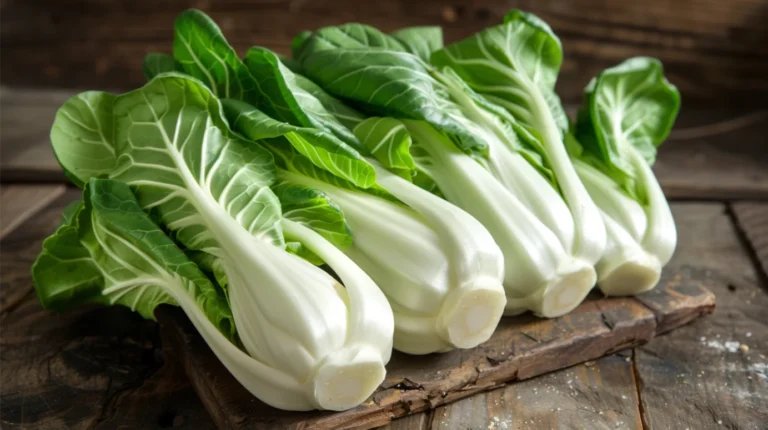Growing and Caring for Weeping Fig Trees: A Complete Guide

Are you looking to add some elegance and tropical allure to your outdoor space? Weeping fig trees, also known as Ficus benjamina, are the perfect choice. These evergreen beauties are fast-growing and can reach impressive heights, making them an eye-catching addition to any garden.
In this comprehensive guide, we’ll cover everything you need to know about growing and caring for weeping fig trees outdoors. From propagation to pruning tips, cultivar selection, and pest management, we’ve got you covered. So grab your gardening tools and let’s dive in!
Exploring the World of Weeping Fig Trees
Weeping fig trees are versatile plants that are commonly grown both indoors and outdoors. While they are popular houseplants, they truly thrive when planted outdoors in USDA Hardiness Zones 9b to 12b.
These trees can quickly reach heights of up to 100 feet, making them ideal for creating privacy screens or adding vertical interest to your garden. However, their fast growth comes with a caveat – their invasive roots can wreak havoc on sidewalks, lawns, and even plumbing systems. To contain their growth and minimize potential damage, consider planting them in large containers or using root barriers.
Are Weeping Fig Trees Fast-Growing Plants?
Weeping fig trees are known for their rapid growth rate, particularly in warm climates. In regions like California and Arizona, these trees tend to be more well-behaved, with smaller fruit production and less aggressive root spreading. However, in tropical areas like Hawaii and Florida, they can become invasive if not properly managed.
When planting weeping fig trees, it’s essential to consider their growth habits and potential size. Opting for a suitable container size or installing root barriers can help control their growth and prevent them from becoming a nuisance.
How to Grow Weeping Fig Trees
Weeping fig trees can be propagated through various methods, including seeds, cuttings, and air layering. When growing these trees outdoors, it’s crucial to provide them with the right conditions to thrive. Here are some essential tips for growing weeping fig trees:
- Plant in full or partial sun.
- Provide supplemental water in dry regions or during periods of drought.
- Contain the roots in areas where the plants grow aggressively.
- Fertilize once a month during the spring and summer.
Whether you’re planting your weeping fig tree in the ground or in a container, proper soil preparation and regular watering are key to ensuring its health and vigor. Additionally, be mindful of potential stressors like drought or cold snaps, as these can impact the tree’s growth and overall well-being.
Pruning and Maintenance Tips
Weeping fig trees require regular pruning to maintain their shape and keep them healthy. While indoor plants may have limited growth due to light and humidity constraints, outdoor trees can become quite robust and invasive if left unchecked. Here are some pruning and maintenance tips to keep your weeping fig tree in top condition:
- Remove fallen fruit to prevent a messy buildup.
- Trim back aggressive roots to prevent damage to sidewalks and other structures.
- Wear protective gear when pruning to avoid skin irritation from the plant’s latex exudate.
Pruning your weeping fig tree regularly not only helps maintain its shape but also promotes healthy growth and reduces the risk of pest infestations. Whether you’re growing your tree in California, Arizona, or a tropical climate, proper pruning techniques are essential to its long-term success.
Cultivars to Consider
Choosing the right cultivar can make a significant difference in how your weeping fig tree performs outdoors. From compact varieties suitable for topiary to colorful options that add visual interest to your garden, there are plenty of cultivars to choose from. Here are some popular choices to consider:
- Bushy King: Perfect for small spaces and topiary shaping.
- Indigo: Dark green foliage that thrives in partial shade.
- Golden Monique: Yellow and green leaves that add a pop of color to your landscape.
- Margarita: Cheerful yellow and green foliage reminiscent of a tropical paradise.
Selecting the right cultivar for your outdoor space can enhance the visual appeal of your garden and ensure your weeping fig tree thrives in its environment.
Managing Pests and Diseases
While weeping fig trees are relatively low-maintenance, they can be susceptible to pests and diseases, particularly when growing in containers or constrained spaces. Common pests like psyllid flies, thrips, and whiteflies can damage the foliage and affect the tree’s overall health. Here are some tips for managing pests and diseases:
- Use natural predators like lacewings and ladybugs to control pest populations.
- Consider organic sprays or treatments to prevent infestations.
- Monitor for signs of bacterial leaf spot and phomopsis, and take appropriate action if detected.
Regularly inspecting your weeping fig tree for signs of pests or diseases can help you catch problems early and prevent them from spreading. By implementing integrated pest management strategies and proper care practices, you can keep your tree healthy and thriving.
Best Uses for Weeping Fig Trees
Weeping fig trees are incredibly versatile plants that can be used in various ways to enhance your outdoor space. Whether you’re looking to create a lush hedge, a topiary masterpiece, or a focal point in your garden, these trees offer endless possibilities. Here are some best uses for weeping fig trees:
- Train into hedges or topiaries for a unique garden feature.
- Plant as landscape trees for vertical interest and privacy.
- Use in containers on patios or decks to add greenery to small spaces.
When planting weeping fig trees, consider their mature size and growth habits to ensure they fit well in your chosen location. By selecting the right cultivar and providing proper care, you can enjoy the beauty and benefits of these elegant trees in your outdoor oasis.
Conclusion: Weeping Fig Trees for Every Garden
In conclusion, weeping fig trees are a fantastic addition to any outdoor space, offering beauty, versatility, and tropical charm. By following the tips and guidelines outlined in this comprehensive guide, you can successfully grow and care for these stunning trees in your garden.
Whether you’re a seasoned gardener or a beginner looking to expand your plant collection, weeping fig trees are sure to bring tears of joy to your outdoor oasis. So roll up your sleeves, grab your gardening tools, and get ready to transform your garden with the timeless elegance of weeping fig trees.
How are you planning to incorporate weeping fig trees into your outdoor space? Share your ideas and experiences in the comments below!
If you enjoyed this guide, be sure to check out our other informative articles on growing and caring for various tree species, such as avocado trees, Japanese maple trees, and olive trees.
Remember, when it comes to gardening, knowledge is power. With the right information and a little TLC, you can create a thriving garden filled with beauty and vitality. Happy gardening!
Thank you for reading!





